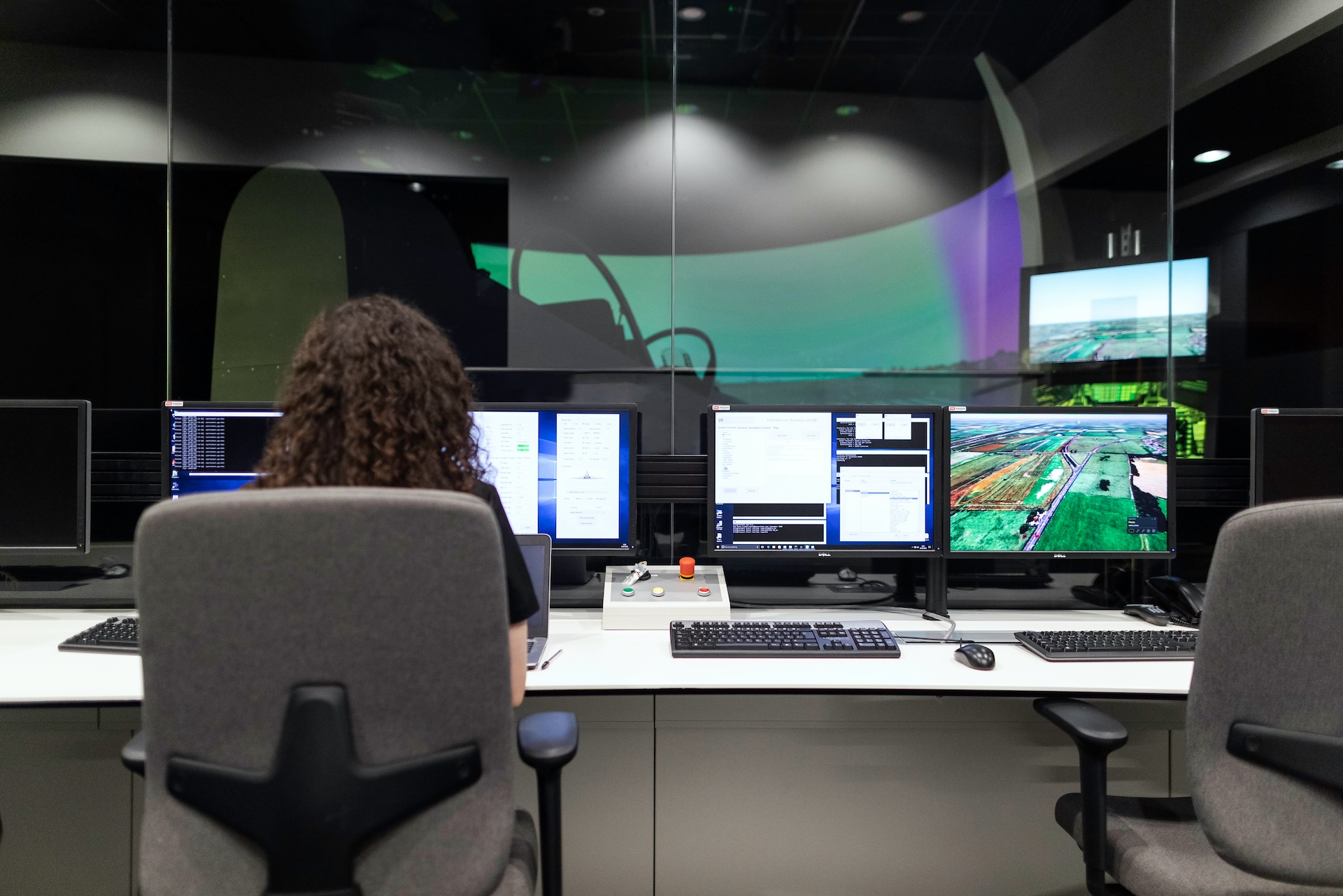
What is Continuous Delivery? - Part One of Four
Welcome to the first in a series of four articles explaining Oracle’s Continuous Delivery (CD) model. First up, why the change, what exactly is CD, and what does it mean for your organization?
The background: Why is Oracle changing its EnterpriseOne support model in the first place?
Oracle is making this move to both to reassure its clients and to align its support with broader industry trends towards rapid change and agile adoption.
In 2018, in an atmosphere of customer uncertainty, Oracle made the following announcement and committed to Premier Support for EnterpriseOne 9.2 through at least December 2030: “Oracle wants to reassure JD Edwards customers that they can continue to run the current release of JD Edwards applications with ongoing support and enhancements for the foreseeable future.” Source: JD Edwards Premier Support and Continuous Delivery FAQ (June 2018)
This reassurance meant that customers who had been reluctant to invest further in EnterpriseOne now have a defined, long-term, and predictable support model.
But what is Continuous Delivery, exactly?
In a nutshell, CD means EnterpriseOne clients will now be able to apply changes in incremental, periodic updates rather than infrequent major releases.
EnterpriseOne 9.2 is the last major product release from Oracle. Once you’re on it, you can essentially choose which updates you want to apply and when – without the disruption of a major upgrade as you may have experienced in the past.
Instead, you’ll be able to stay code current by applying more frequent but more manageable updates (released once or twice per year), on a schedule that works best for your organization.
Because new updates are cumulative, (meaning each update contains all of the elements Oracle has previously released), if you decide not to apply one, its content will be included, along with new content, in the next update you apply. This means you won’t miss anything, or have to go back and do multiple updates.
Patches will still be delivered by ESUs, but will be packaged slightly differently. If you’ve run a code current or application update project before, this will feel very similar.
So instead of doing the odd ESU here and there or undertaking a code current project to bridge the gap while waiting for the next major release, you’ll be doing incremental updates on a regular cadence from now on.
How will CD affect my organization?
There are huge benefits to CD, which we’ll get into in our next article, "Why adopt Continuous Delivery?" To capitalize on these benefits, you’ll need to make a shift in how you maintain your EnterpriseOne environments.
Staying current in the near and long term will require a support model in line with the EnterpriseOne roadmap, i.e., preparing for a regular cadence of updates. It also means ensuring you have the time and resources to evaluate each new enhancement and determine the most advantageous timing of its adoption for your organization.
In this series, we’ll walk you through the benefits of Continuous Delivery, how to prepare for it within your organization, and finally a 5-step guide to a successful implementation.
Follow us on LinkedIn and Twitter so you don’t miss the rest of the series.






